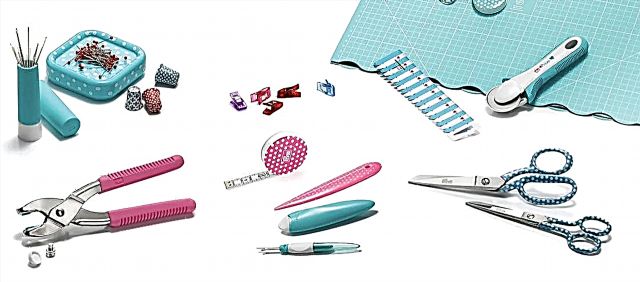Share
Pin
Tweet
Send
Share
Send
One of the most amazing inventions in the field of fashion is associated with the name Madeleine Vionne. Being a famous couturier of her time, she was the first who began to use cuts so widely on an oblique.
Madeleine Vionne
 pictured Madeleine Vionne
pictured Madeleine Vionne Madeleine Vionne was born in a small French town in 1875 in a very poor family. In order not to starve, she had to start working very early. At 11 years old, Madeleine helped the local dressmaker, although in dreams she imagined herself to be a sculptor. When she was only 17 years old, she went to Paris without education, but with great experience as a talented seamstress.
Before Madeleine's career went up, she managed to work as a laundress, get married and get a divorce.
Madeline’s radical views on women's fashion at that time became the starting point for opening his own atelier. In her understanding, it was necessary to change tight corsets and puffy skirts for dresses made of flowing fabrics. The First World War prevented the implementation of plans. But after its end, not only time changed, but also the attitude to women's fashion and the new brand gained fame.
 Creative commons
Creative commonsThe oblique cut in modeling was used earlier, but only in details. And Madeleine began to create collections of dresses that were completely cut in this way.
Before cutting the fabric for work, she created mini-versions, studied how cut along the oblique flaps play with each other, using miniature mannequins for this.
 Creative commons
Creative commonsSo, with the precision of mathematics, Madeline worked out her cutting technique. With tireless scrupulousness, the designer created complex innovative outfits. The creations of the hands of the great master looked strange and shapeless on a hanger, but as soon as they put on their dresses, they turned into unique masterpieces with exceptional charm. According to Vionne, the cut should adjust to the shape, and not vice versa.
 Creative commons
Creative commonsMadeline Vionne has lived 99 years! She is known to few, but everyone who knows at least in some way connected with the world of fashion and sewing knows her creation.
 dresses madeleine vionne
dresses madeleine vionneThe cut along the oblique does not lose its relevance to this day. There is not a single designer in modern fashion whoever works with this cutting technique.
Features cut in oblique
In a cut along an oblique thread, the warp lies at an angle of 45 degrees. The fabric becomes flexible and stretchable.The cut along the oblique provides a special silhouette of the fit - gently emphasizes all the bends of the body, while maintaining complete freedom of movement and maximum comfort.
 • Dress with a deep neckline and an open back • Chiffon nightdress • Evening dress
• Dress with a deep neckline and an open back • Chiffon nightdress • Evening dress Traditionally, for oblique cut use silk, chiffon, crepe. But almost any fabric can be cut along the oblique. Even dense wool, in order to obtain the necessary stretching of the fabric or to achieve a good fit, for example, a collar.
Cut along the oblique allows you to change the position of the pattern, give it an optical effect. This is especially noticeable on tissues in the cell.
In contrast to the classic cut in the lobar, for products cut along the oblique, a much higher consumption of fabric is required.
On Burda patterns, the oblique cut is indicated by an arrow. And the instructions indicate the consumption taking into account such a cut and a detailed description.
For the first experiment, you should choose fabrics with a flexible character, for example, thin cotton and linen, dressing viscose.
 • A-line skirt with asymmetrical flounces • Flared silhouette skirt • Skirt with an asymmetrical bottom line
• A-line skirt with asymmetrical flounces • Flared silhouette skirt • Skirt with an asymmetrical bottom lineThe ideal model for testing the pen is a two-square top or an A-line skirt.
The bottom of the product, cut along the oblique, is treated with a role seam on the overlock, a narrow zigzag stitch on a sewing machine, or manually. But, before doing this, they let things hang for a while, after which they are set up (aligned) and only then processed.
The cut along the oblique visually stretches the figure, hides the flaws due to the soft fit and incredibly slim.
Photo: BurdaStyle.ru
Material prepared by Julia Dekanova
Share
Pin
Tweet
Send
Share
Send



